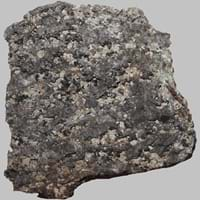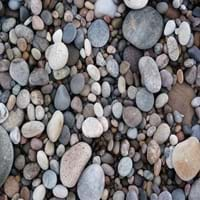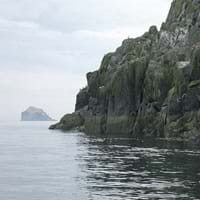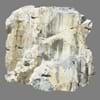Essexite which is also known as nepheline monzogabbro, is a dark gray or black holocrystalline plutonic Iigneous Rock 0
From the locality in Essex County, Massachusetts,US 0
Durable Rock, Hard Rock 0
Fine Grained Rock, Opaque Rock 0
Decorative Aggregates, Homes, Interior Decoration 0
As Building Stone, As Facing Stone, Garden Decoration, Office Buildings, Paving Stone 0
As Dimension Stone, Building houses or walls, Cement Manufacture, Construction Aggregate, for Road Aggregate 0
Artifacts, Monuments, Sculpture, Small Figurines 0
Cemetery Markers, Commemorative Tablets, Jewelry, Sea Defence, Tombstones 0
Is one of the oldest rock, Smooth to touch 0
Archaeological Significance
0
Essexite is a type of igneous rock, which is usually dark grey to black plutonic rock. For the formation of essexite, suitable magma with exact composition of K, Ba, Rb, Cs, Sr should be produced. 0
Augite, Feldspar, Hornblende, Nepheline, Olivine, Plagioclase, Pyroxene 0
Aluminium Oxide, Ba, Ca, Cs, Potassium, Rb, Sodium, Sr 0
Burial Metamorphism, Cataclastic Metamorphism, Contact Metamorphism, Hydrothermal Metamorphism, Impact Metamorphism 0
Biological Weathering, Chemical Weathering 0
Coastal Erosion, Glacier Erosion, Water Erosion 0
Impact Resistant, Pressure Resistant, Wear Resistant 0
Deposits in Eastern Continents
0
Germany, Greece, Italy, Scotland, Turkey 0
Deposits in Western Continents
0
Brazil, Colombia, Venezuela 0
Deposits in Oceania Continent
0
New Zealand, Queensland 0
Information about Essexite
Rocks are naturally occurring solids which are composed of minerals & have been used by humans since ages. From Stone Age, rocks are used for various purposes. Also, the metals and minerals found in rock play an important role in our life. Get to know all the Essexite Uses. We have provided you with all information about Essexite rock here. Essexite which is also known as nepheline monzogabbro, is a dark gray or black holocrystalline plutonic Iigneous Rock. Essexite is available in dark grey to black colors. The streak of a rock is the color of powder produced when it is dragged across an unweathered surface. The streak of Essexite is black. Get to know more about Essexite rock and characteristics of Essexite rock in the next sections.









